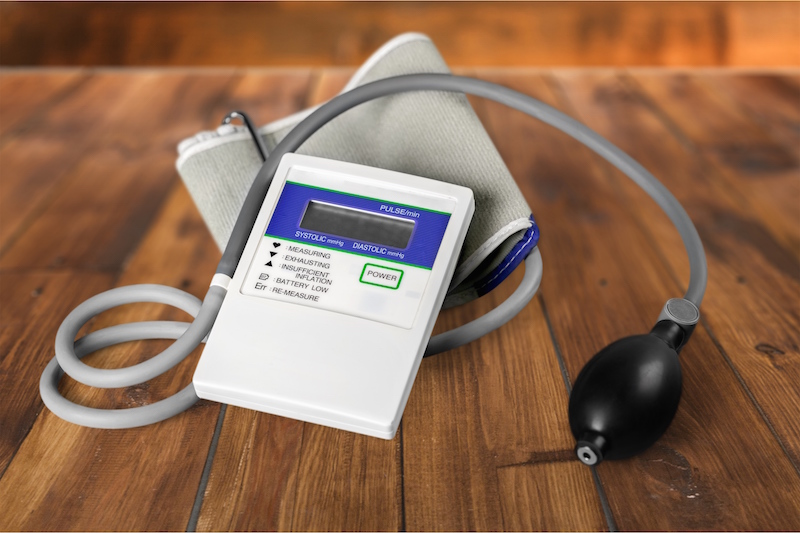
Take Control of Your Blood Pressure
What’s your number?
The findings of a recent study conducted by the National Institutes of Health showed that intensive blood pressure management may save lives. And when you consider that 1 in 3 people in the United States has high blood pressure, it could end up saving a significant number of lives. Before diving into results of the study, it’s important to understand the basics of blood pressure and blood pressure readings.
BLOOD PRESSURE BASICS
As you’ve likely seen, blood pressure readings are shown as two numbers, typically written as a ratio, that represent different measurements. The American Heart Association (AHA) defines blood pressure numbers as follows:
Systolic: The top number and also the higher of the two numbers. This number signifies the pressure in the arteries when the heart beats (when the heart muscle contracts).
Diastolic: The bottom and lower of the two numbers. It measures the pressure in the arteries between heartbeats (when the heart muscle is resting between beats and the heart refills with blood).
What is considered normal blood pressure or high blood pressure? View the chart for a quick look at blood pressure categories defined by the AHA. When determining whether someone has high blood pressure, a doctor will likely take several readings over a period of time and have the patient monitor their blood pressure at home. If high readings continue, then the doctor will make a high blood pressure diagnosis.
NIH’S POTENTIALLY LIFESAVING STUDY
The findings of the Systolic Blood Pressure Intervention Trial (SPRINT) are encouraging. For adults ages 50 and older with high blood pressure and at least one other risk factor, maintaining a lower blood pressure target significantly reduced their chances of experiencing cardiovascular complications and death. In the study, doctors adjusted the amount or type of blood pressure medication to achieve a target systolic pressure of 120 mm Hg (normal blood pressure) in patients. In turn, this decreased the rate of cardiovascular events (heart attack, heart failure and stroke) by nearly a third and the risk of death by almost a quarter, when compared to people who had a target systolic pressure of 140 mm Hg (Stage 1 high blood pressure).*
Whether you’ve just begun dealing with high blood pressure or it’s been a decade of trying to take back control, this is good news for everyone who is working closely with their doctors to manage high blood pressure.
WHAT CAN YOU DO?
Talk to your doctor about how often you should have your blood pressure checked. If you have high blood pressure, your doctor can help determine next steps to control your blood pressure with lifestyle changes and medication, if necessary.
* National Heart, Lung, and Blood Institute press release, Sept. 11, 2015.
